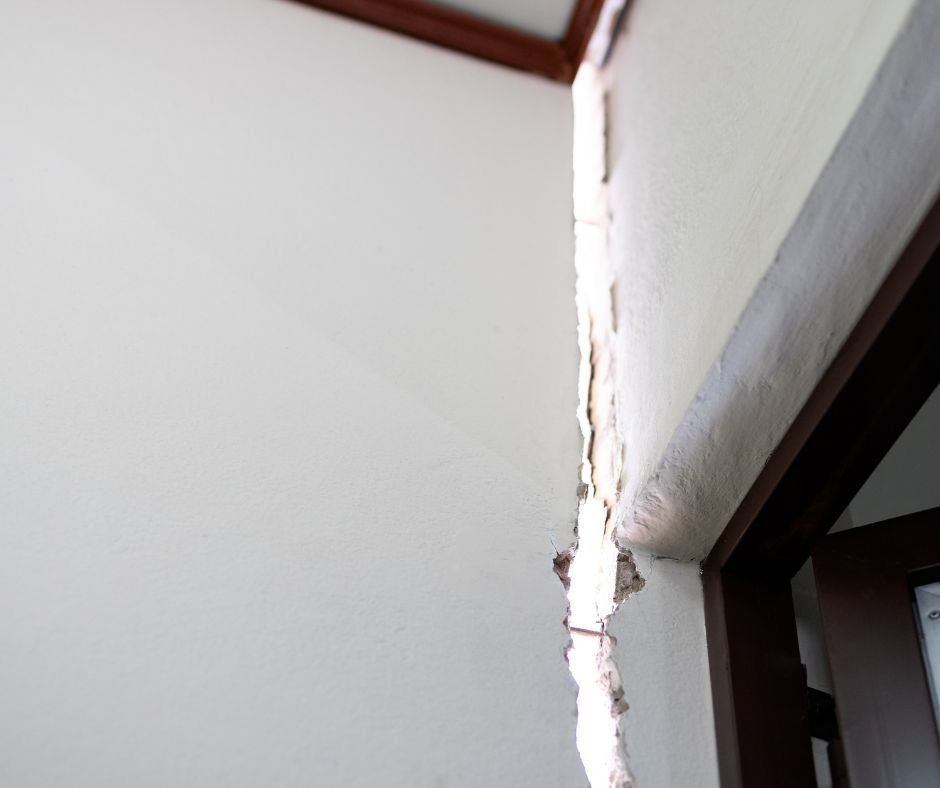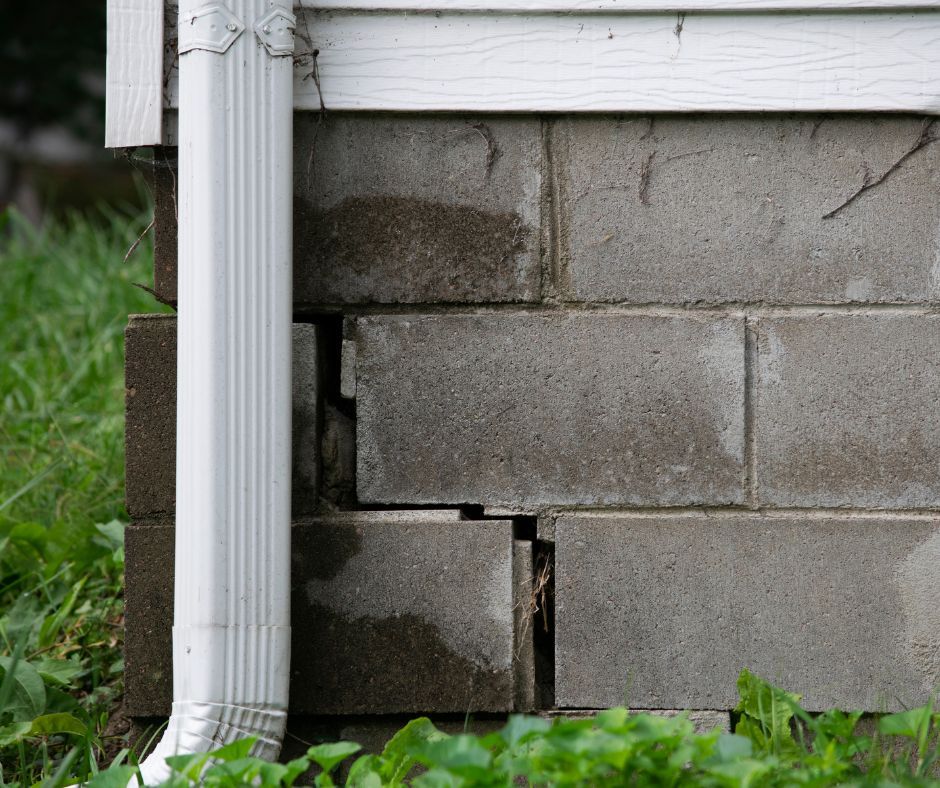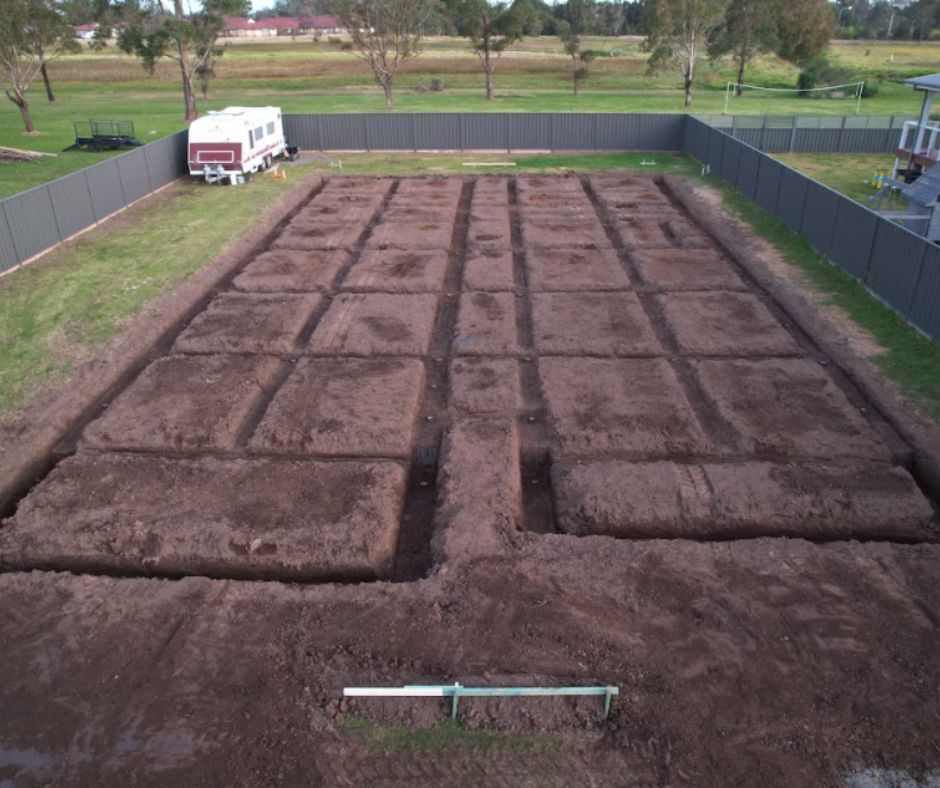Your Home’s Foundation: Signs of Problems & 12 Warnings for Homeowners
They say a house is only as good as its foundation. Whether it’s your family home or the foundation of an investment property, having a rock-solid foundation is key to keeping everything safe and secure. But when something goes wrong beneath the surface, even the sturdiest homes or structures can face serious trouble.
Recognising the warning signs of foundation issues isn’t just a money-saver but helps you avoid a whole lot of stress. In this blog post, we’ll break down 12 warnings that could indicate foundation damage signs to help you take action before small issues turn into big, costly ones.
Foundation: Signs of Problems
Foundation problems don’t just happen overnight. They creep up slowly, often due to a mix of environmental, structural and maintenance factors like shifting soil, fluctuating weather conditions or even the natural settling of the structure. These factors, if left unchecked, can quietly lead to significant issues.
The good news? Many of these warning signs are easy to spot if you know what to look for. Recognising these indicators early can mean the difference between a quick fix and major structural repairs down the track. In the following sections, we’ll explore the tell-tale signs of foundation problems and why acting quickly is crucial for preserving your property.
Why Do These Foundation Damage Signs Arise?
There are a few common culprits behind foundation issues and understanding them can help you stay ahead of potential problems.
Soil Movement
Foundations rely on stable ground, but, over time, soil can shift or settle due to natural changes in moisture and pressure, which can cause the foundation to crack or move.
Poor Drainage
Water is a foundation’s worst enemy. If water pools around your foundation instead of draining away, it can slowly weaken the structure and lead to cracks or sinking.
Tree Roots
While trees add charm to your property, their roots can grow and spread underneath the foundation, pushing against it and causing displacement.
Extreme Weather
Harsh weather conditions like droughts and heavy rainfall can cause the soil to expand, contract or erode and put pressure on the foundation.
Poor Construction Practices
If a building wasn’t constructed with proper site preparation or quality materials, the foundation might not have the strength to hold up over time.
Plumbing Leaks
Hidden plumbing leaks can saturate the soil beneath your foundation, which may weaken its structural integrity.
Earthquakes or Vibrations
Whether it’s seismic activity or heavy machinery operating nearby, vibrations can cause cracks and destabilise the foundation.
Age of the Building
Like everything else, foundations aren’t immune to aging. Over time, they naturally weaken, especially if they’ve been exposed to harsh conditions.
Signs of Foundation Issues
Your home might be trying to tell you about foundation signs of problems, you just need to know what to look for! Here are the most common warning signs to watch out for.
Cracks
Not all cracks are created equal, but if you spot them in your walls, floors or ceilings it’s worth investigating. They could be a sign your foundation is shifting or under stress.
Sinking
If parts of your home look like they’re gradually sinking or settling at different levels, it’s a red flag that the foundation might be struggling to hold everything up evenly.
Uneven Floors or Cracked Tiles
Floors that slant or tiles that crack may signal foundation shifts beneath the surface.
Bouncing Floors and Rotten Wood
If your floors feel springy or you notice rotting wood, it’s a good indicator that some serious structural issues are happening beneath you.
Doors and Windows that Stick or Won’t Close Properly
When your doors and windows start jamming or don’t quite fit like they used to, it could mean your foundation is moving and throwing everything out of alignment.
Gaps in House Openings (Doors or Windows)
If you’re seeing noticeable gaps around doors or windows that weren’t there before, it’s a sure sign of structural misalignment that needs attention.
Walls Separating from the House
If you notice walls pulling away at the corners or edges, it’s a sign that foundation movement is causing the house to shift apart.
Water Damage & Soil Shifts Around the Foundation
Excess moisture or shifting soil around your home’s base can indicate poor drainage or leaks that are slowly affecting the foundation’s integrity.
Expansion Joint Separation
Expansion joints are designed to handle movement, but if they start separating, it means your foundation could be experiencing more movement than it should.
Nails Popping Out of Drywall
Those unsightly little nail pops might seem minor, but they can actually be a symptom of walls shifting due to foundation settling.
Dampness
Excessive moisture, mould or persistent dampness near the foundation is a surefire sign that water is getting in where it shouldn’t, which can weaken the structure over time.
Sagging Floors or Beams
If floors or beams start to sag, it’s likely the foundation is struggling to hold the load.

Importance of Early Intervention
Catching foundation signs of problems is very important and here’s why:
Minimise Repair Costs
Small foundation cracks can turn into major issues. Fixing them early keeps costs down and prevents large-scale, expensive repairs.
Maintain Structural Integrity
The foundation supports the whole structure. Addressing damage early prevents it from further damage and protects the building.
Ensure Safety
A failing foundation can be dangerous. Acting quickly reduces the risk of accidents or collapsing walls or floors.
Preserve Property Value
Unresolved foundation problems lower property value. Fixing them early helps maintain value and doesn’t scare off potential buyers.
Prevent Escalation
Minor issues can quickly grow into major problems. Early intervention helps avoid costly, extensive repairs.
How to Prevent Your Foundation From Signs of Problems
Prevention is always better than cure, especially when it comes to the foundation of your home or building. The earlier you tackle them, the better! While foundation damage may not always be avoidable, you can take steps to minimise the risk of serious issues developing.
Maintain Proper Drainage
Make sure your gutters and downpipes are doing their job by directing water away from your home and consider installing drainage solutions if you notice pooling around the base.
Inspect Regularly
Check for cracks, dampness or shifting soil to catch small issues before they worsen. Consider professional inspections for extra reassurance.
Use Quality Materials
Opt for durable, high quality construction materials for your new builds or renovation to ensure your foundation has the strength to stand the test of time.
Limit Tree Growth Near Foundations
Keep large trees at a distance, regularly trim their roots or seek expert garden maintenance to prevent foundation damage.
Consult Professionals
Regular check-ups by a foundation expert can help spot early foundation damage signs and offer prevention tips.

Consult the Foundation Specialist! Build it Right The First Time - Starting with your Foundations
Building something new? It’s crucial to get these early steps right to avoid these problematic building concerns down the road.
For reliable foundation solutions in Campbelltown, Wollongong and Nowra, MRN Excavations are just one call away to secure the correct foundations for your new property.



